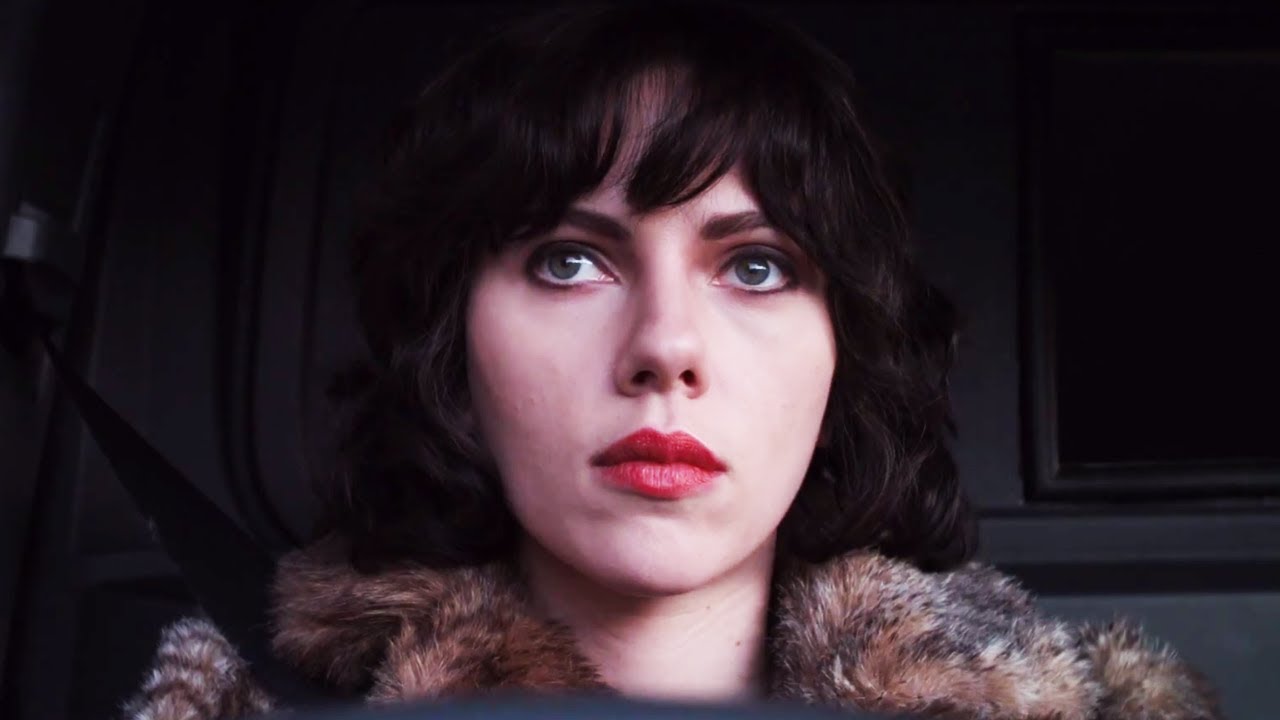
From its earliest origins when the Lumière brothers screened the first short films in the late 1800s to the development of narrative films during the silent era and onwards to the massive multiplexes of today, all of the iconic imagery we’ve come to associate with cinema is dominantly due to it being a visual medium.
The great directors, like Alfred Hitchcock, for instance, created such overwhelming visuals that you can follow his narratives pretty closely, even with the soundtrack absent. Many filmmakers choose to tell stories that are predominantly visual, with little reliance on dialogue, preferring to have silences punctuated with only brief or fleeting exchanges.
The list that follows is geared towards such invention, and the films here may take a subtle approach and yet the emotional heft they affect is incredibly satisfying.
20. Los Muertos (2004)
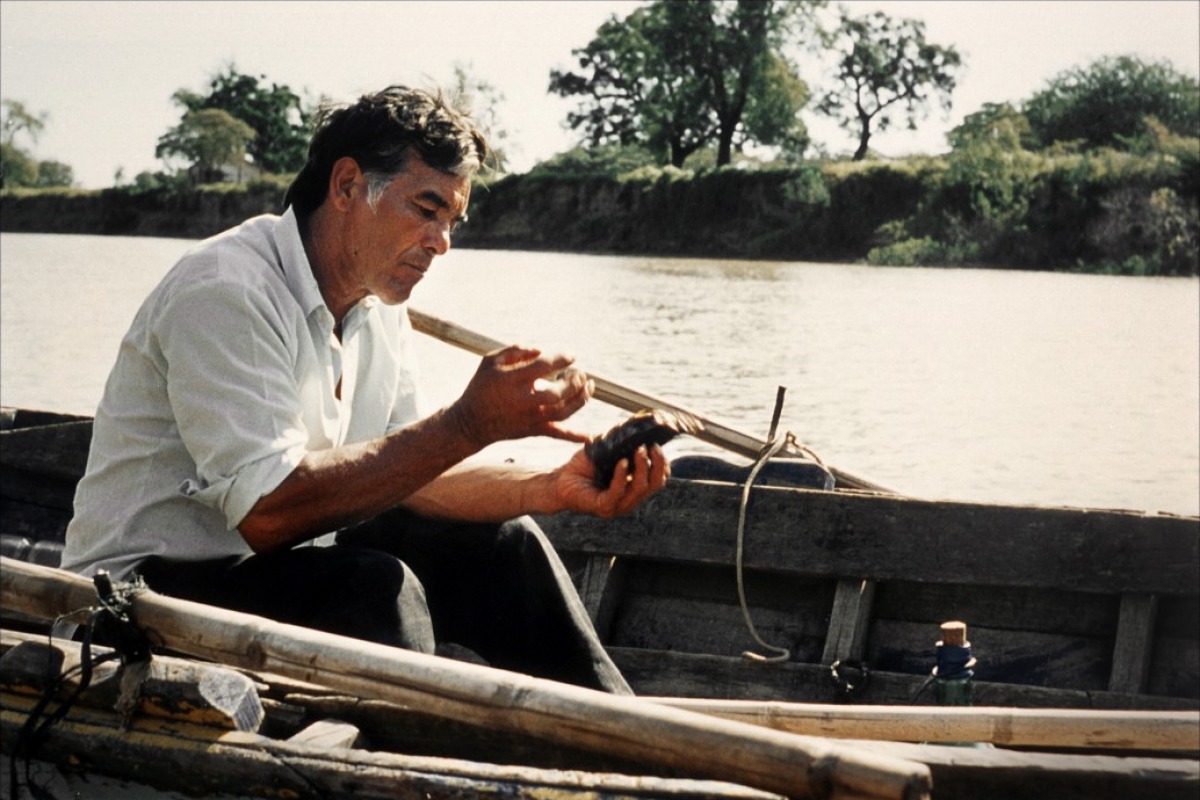
Argentine director Lisandro Alonso (Jauja) takes a slow cinema approach in his artful “Lonely Man Trilogy”, perhaps best realized in his tremendously impassioned Los Muertos.
Just released from a lengthy prison term for murder – of his two siblings no less – Alonso’s film closely follows the conflicted Vargas (Argentino Vargas) as he journeys deep into agrarian Argentina. Vargas’ jungle expedition is deeply impressionistic, unrestricted and open-ended and mesmerizing. Audiences who enjoy a deeply searching narrative that unfolds unabatingly will find rich rewards in Alonso’s abstract outlines and penetrating perspectives.
19. Badlands (1973)
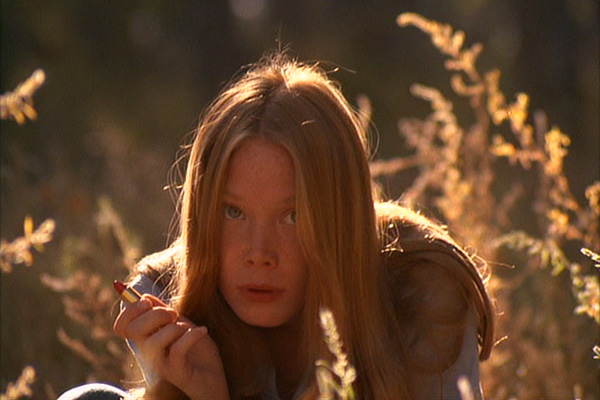
An astonishing debut from Terrence Malick (Days of Heaven) wherein a heady mix of poetics and complexity of perspective swells an otherwise rather rudimentary Bonnie and Clyde-style plotting involving stoically “innocent” youths.
One part road movie and one part crime picture, Badlands is a ballad-like homage to landscape and laconic storytelling as our apathetic teenaged protagonists, Kit (Martin Sheen) and Holly (Sissy Spacek), are cold-blooded killers who lack the skills to articulate or assume anything akin to responsibility. An influential tale of amour fou, Badlands anti-heroes are often tight-lipped and muted, though their deeds are anything but peaceable, and their flourishing backdrops almost absurdly serene.
18. Alice (1988)
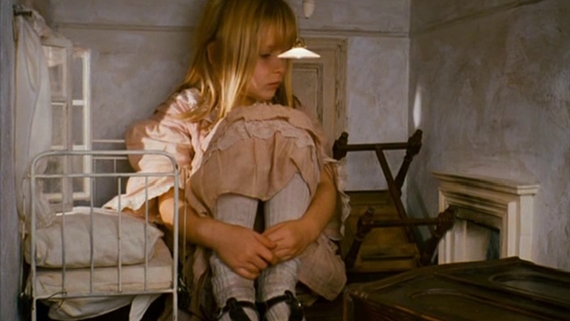
Czechoslovakian artist and filmmaker Jan Švankmajer’s eerily surreal live action/stop-motion fantasy Alice, loosely and darkly adapts Lewis Carrol’s legendary 1865 tome, Alice’s Adventures in Wonderland, in a fractured fairy tale more geared towards adults.
If you can imagine a radial point between Eraserhead-era David Lynch and Tim Burton’s The Nightmare Before Christmas mode then you’ll have a decent approximation of Švankmajer’s peculiar whimsy and affectivity. His use of sound and image is distinct and dramatic and his variation on Carrol’s classic is as enduring as it is unsettling.
17. The Bear (1988)
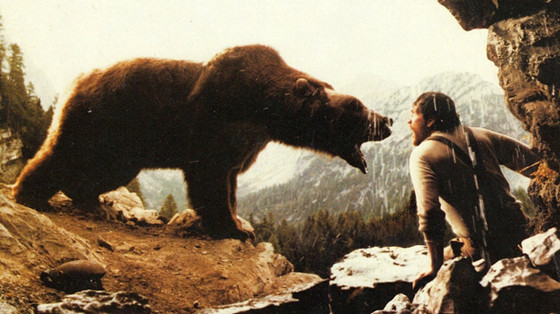
French director Jean-Jacques Annaud (Quest for Fire) makes mesmeric documentary-like observations of an orphaned bear cub in this up-close to nature action adventure, The Bear, based off of James Curwood’s 1916 novel, The Grizzly King.
The titular cub is the main attraction, though he is nearly eclipsed by the sulking adult male grizzly who winds up parenting him. The bears aren’t the sole occupants of the film however, as they’re dogged throughout by two treacherous trophy hunters played by Tcheky Karyo and Jack Wallace.
The anthropomorphisation of the bears and their wilderness is Disney territory, at times, but the cinematography is stunning, several extended sequences with the bears are arresting and, at times, biting, and that so much, narratively speaking, is communicated nonverbally, make The Bear a singular and unique cinematic experience.
16. All is Lost (2013)
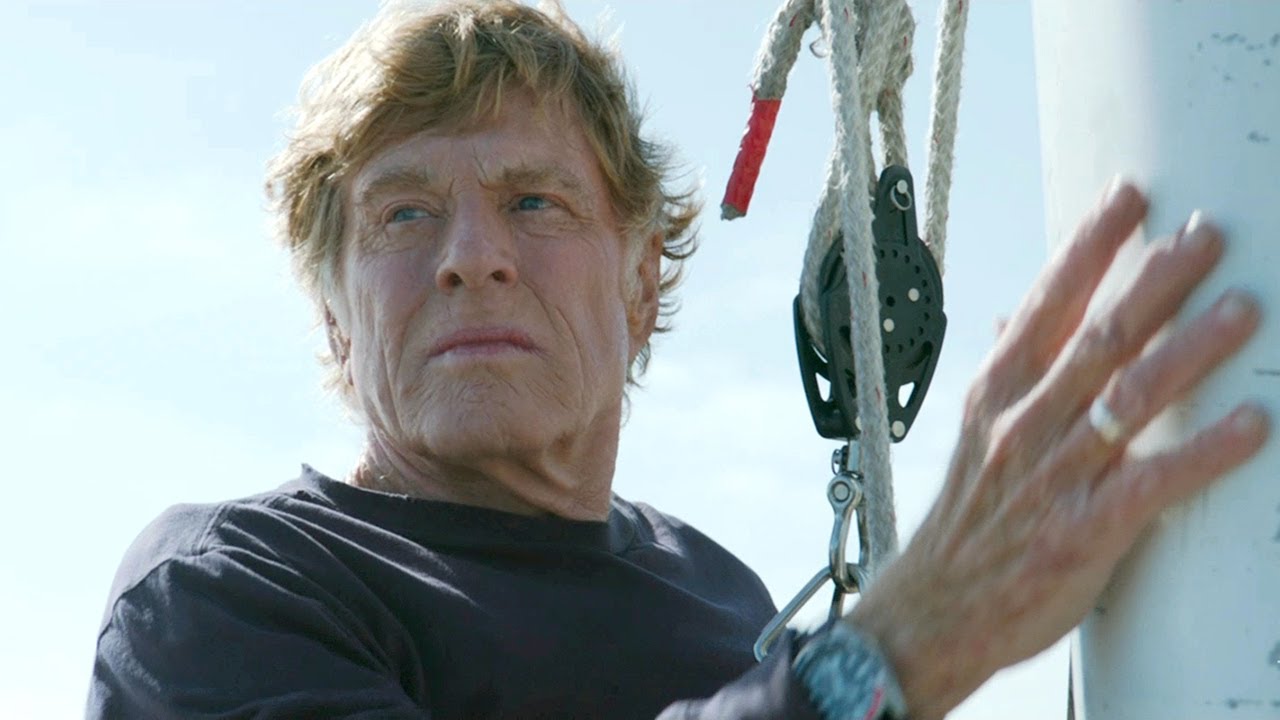
As survival-at-sea mini-epics go, J.C. Chandor’s (A Most Violent Year) intimate All is Lost, is a remarkable feat of strength. Essentially a one man show for star Robert Redford, this is a lost at sea potboiler that reaps maximum effect from minimal means.
Alone aboard a slowly sinking Cal 39 yacht somewhere in the vast Indian Ocean, Chandor’s film is a gripping, at times nerve-racking spectacle and not enough praise can befall Redford’s muscular performance. His valiant battle, a war of attrition with the highest of stakes, makes for a visceral viewing experience that is never less than authentic.
15. Elephant (2003)
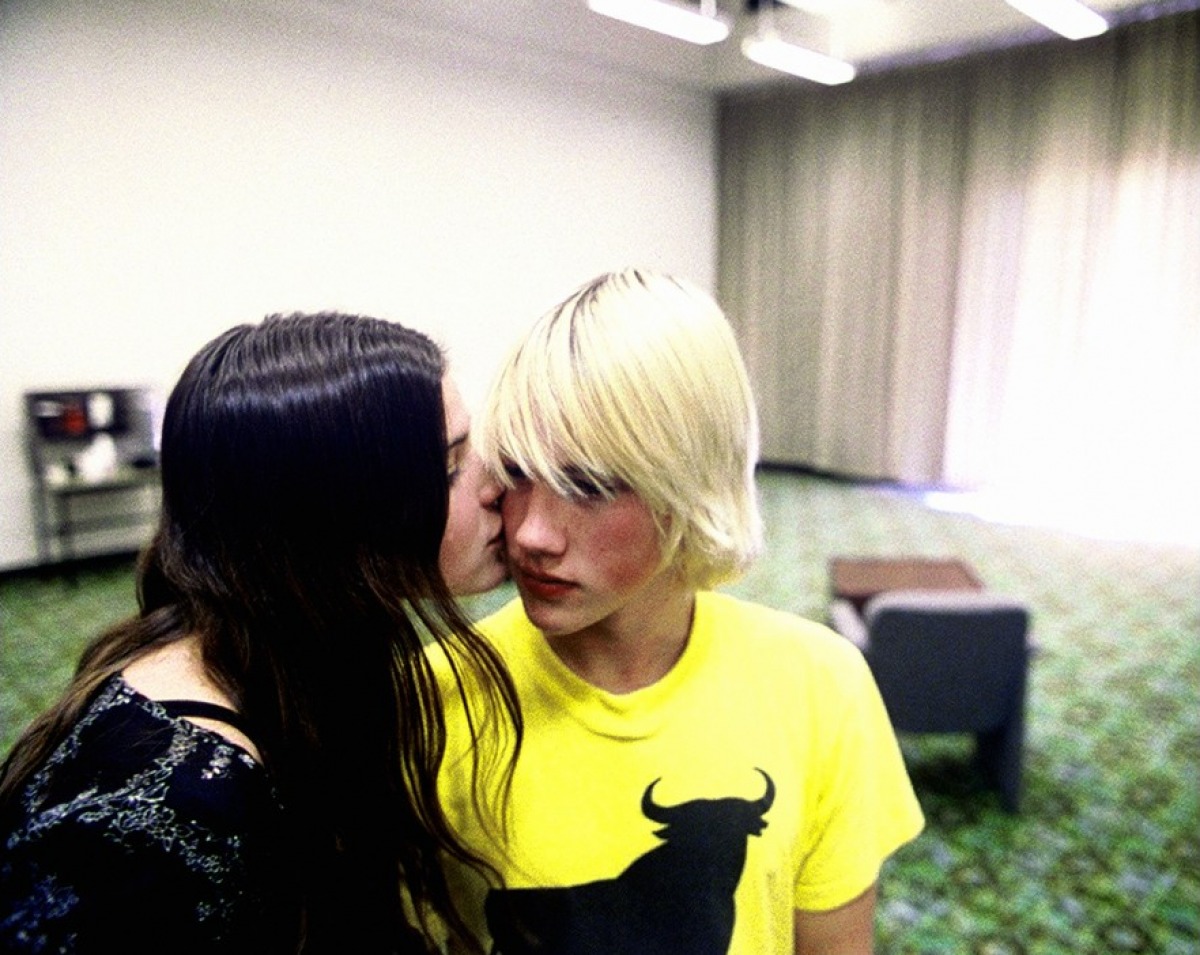
As both cultural polemic and elegant fiction, Gus Van Sant’s (Milk) Elephant takes on the high school shooting epidemic. Inspired by the horrific events that happened in the 1999 Columbine High School massacre, Van Sant’s film unfolds in a similar suburban environment at the fictitious Watts High School.
Using a cast of mostly non-actors, the teenagers who populate Elephant mumble and stumble through their fateful school day in a film that isn’t carried by conventional plotting, discourse or much verbalizing at all.
As part of Van Sant’s “Death Trilogy” of films sparked by actual incidents – which also includes 2002’s Gerry and 2005’s Last Days – Elephant is an unorthodox dissection of societal malaise, gun culture, disaffected youth, and arthouse sensitivity and erudition. It’s a haunting minimalist treatise, ably backed by Harris Savides’ cinematography.